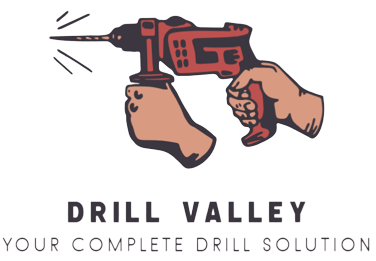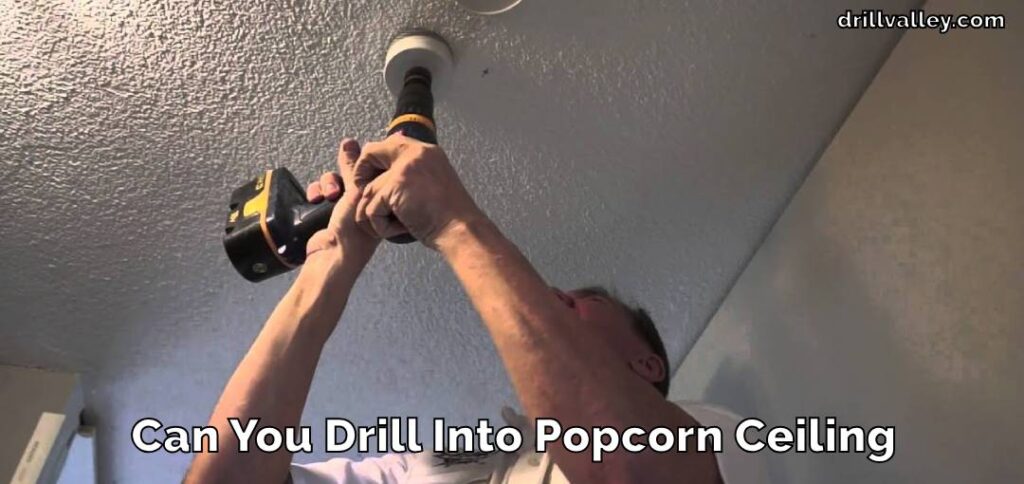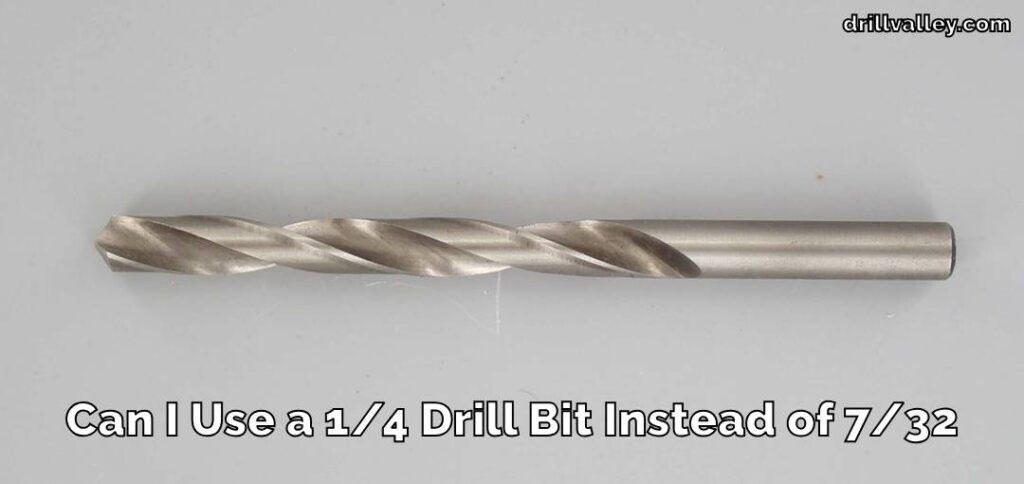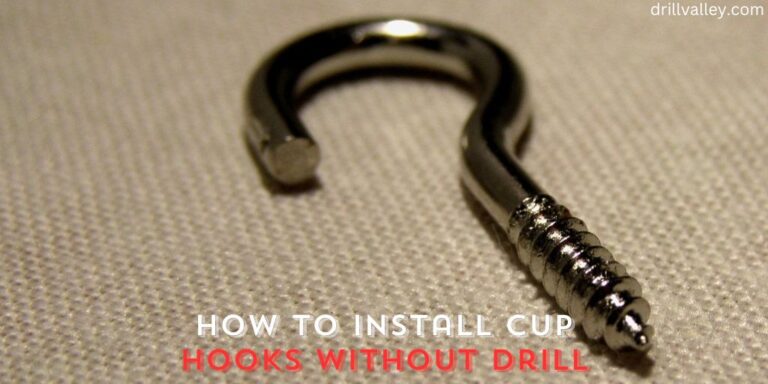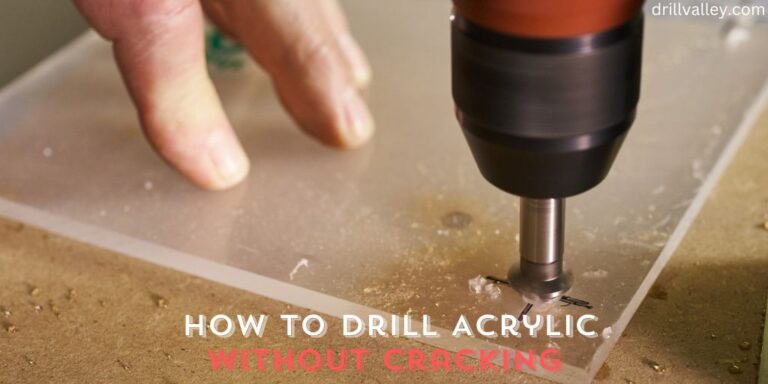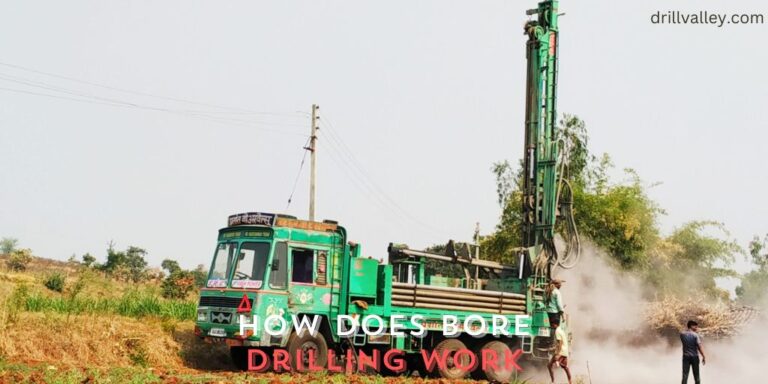How to Know When to Stop Drilling for Water Well
Let’s talk about finding the right moment to stop drilling when you’re setting up a water well. It’s not just about getting to the water. You want to do this right: efficiently, without wasting resources, and keeping the environment in mind.
Drilling a water well is a big job. It’s not just about having the right tools; you need to understand the ground you’re working with and know the signs that tell you water is near. This guide aims to show you exactly how to know when to stop drilling for water wells.
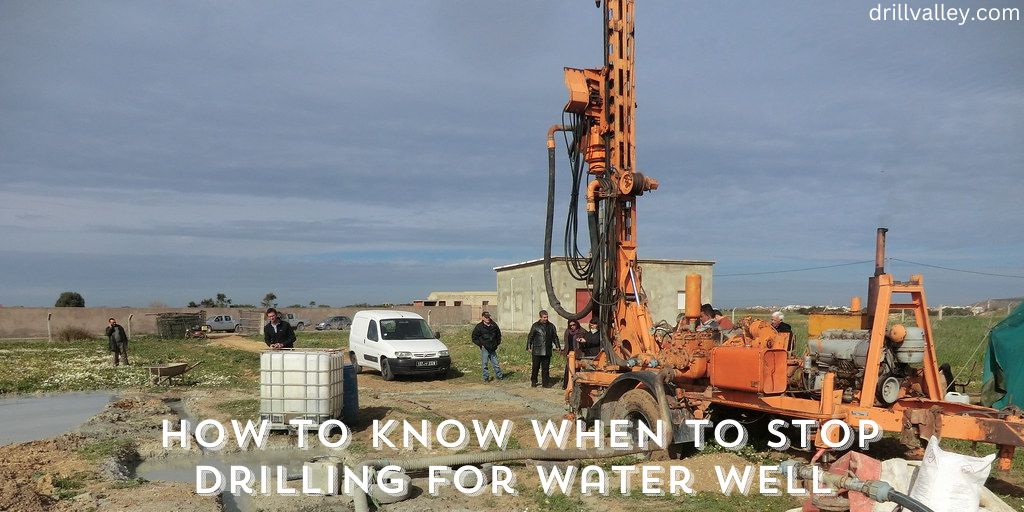
We’re looking at the key moments that matter most. Stopping at the right time means your well will not only give you the water you need but do so in a way that’s good for our planet and doesn’t break the bank.
With some smart planning and keen observation, you can drill a well that works well for everyone involved.
How to Know When to Stop Drilling for Water Well
Drilling a water well is more than just digging until you find water. It’s about knowing when to stop to ensure you’re getting enough water while being mindful of the environment and keeping costs reasonable. This guide will shed light on how to recognize the right moment to stop drilling, ensuring the well is both effective and sustainable.
Understanding the Ground
Before you even start drilling, having a good understanding of the geological layers beneath your drilling site is crucial. This includes knowing the types of rock or soil you’ll encounter and where water is most likely to be found.
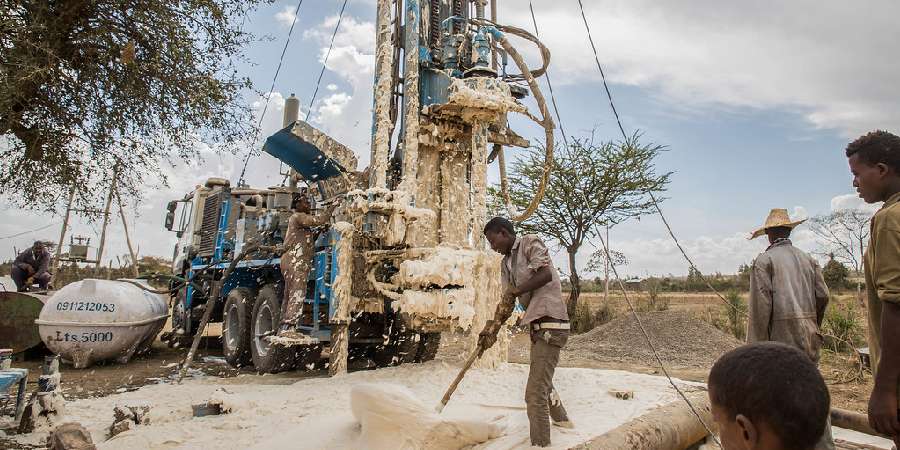
Watching for Water Signs
As you drill, keep an eye out for signs of water. A sudden change in the drilling resistance, or the appearance of wet material, can indicate you’ve reached a water-bearing layer. Sometimes, water will even start flowing up the borehole.
Checking the Water Flow
Once you hit the water, it’s not automatic that you stop drilling. You need to assess the flow rate. Is the water seeping in slowly, or is there a strong, steady flow? A good flow rate is crucial for a reliable water well.
Measuring the Yield
After reaching water, conduct a yield test to determine if the well can produce enough water for your needs over time. This might involve pumping water for a set period and measuring how quickly the water level recovers.
Assessing Water Quality
Finding water isn’t the end if the water quality is poor. Sometimes, drilling a bit deeper can help you bypass a contaminated layer and access cleaner water below.
Environmental Considerations
Be mindful of the environment. Drilling too deep or extracting too much water can disrupt local aquifers. It’s essential to strike a balance between your water needs and maintaining ecological stability.
Practical Limits
There’s also a practical aspect – cost. Drilling deeper increases expenses, so if you’ve found a sufficient water source, it might not be worth drilling further.
knowing when to stop drilling for a water well involves a combination of scientific knowledge, careful observation, and practical judgment. By paying attention to the signs and conducting thorough tests, you can ensure your well is both effective and environmentally responsible.
Pre-Drilling Considerations
Pre-drilling considerations are pivotal in the journey to establish a water well. It’s a preparatory stage where the specific water needs are measured against the backdrop of the site’s environmental setup. Conducting a thorough geological survey stands as the cornerstone of this phase.
This survey sheds light on the underground layers, revealing where water is likely to be found and at what depth. It’s also during this stage that potential environmental impacts are rigorously assessed.
Understanding the local ecology is just as important. The survey will consider the types of soil and rock formations, the presence of natural habitats, and how they might be affected by drilling activities. This information is vital to avoid areas that could lead to soil contamination or the disruption of natural water flow.
Additionally, water requirements are not just about quantity but also about the future use of the water. Will it be used for irrigation, livestock, or human consumption?
Each use may require different purity levels and flow rates. Knowing this helps in designing a well that is both adequate and efficient, without overusing resources or causing harm.
Lastly, considering the community’s needs and the long-term sustainability of the water source is essential. This ensures that the well serves its purpose without depleting the aquifer. These initial steps are about making informed decisions to safeguard the environment while meeting human needs for water.
Assessing Your Water Needs
To start off on the right foot with drilling for a water well, one must first pin down the amount of water needed and what it will be used for.
This is a crucial step because it directly impacts the design of the well, such as how wide or deep it should be, and what kind of pump will be best. If the well is meant to provide water for a single household, its requirements will be much different from those of a well-intended to serve a farm or a whole community.
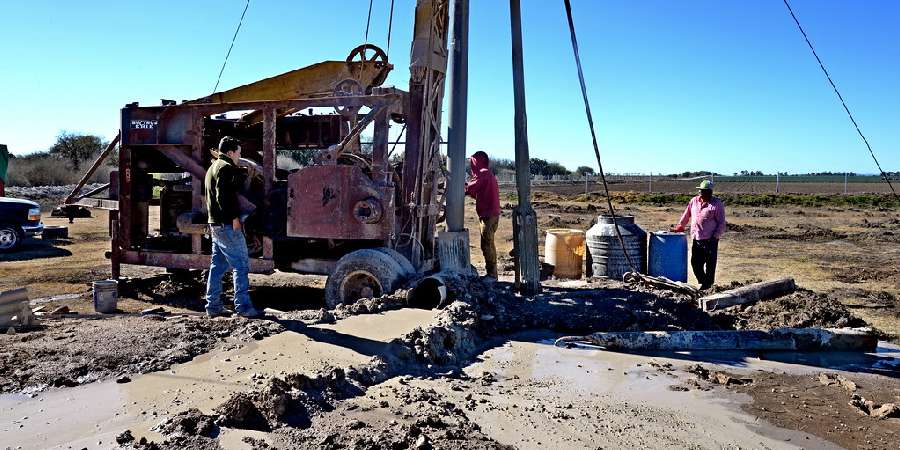
The idea is to make sure the well can deliver enough water for daily use, without taking too much, which could lead to running out of water, or too little, leading to shortages.
Geological Survey and Environmental Impact
Conducting a geological survey is a key part of planning for a water well. This detailed look at what’s below the surface helps pinpoint the right spot to drill, aiming to ensure a successful find of water and to avoid the costly mistake of drilling a well that comes up dry.
This survey takes into account the types of soil and rocks underneath the ground and how they’re layered, which can tell us a lot about where water might be hiding. It also considers the surrounding natural environment, such as plants and animal habitats, to prevent any drilling work from harming the area.
The survey aims to protect the land and water around the drilling site, making sure that the well won’t damage the local ecosystem or cause pollution.
Conclusion
Drilling a water well is a significant undertaking that requires careful planning and attention to detail. From assessing water needs to understanding the geological landscape, and from recognizing when to stop drilling to ensuring regulatory compliance, each step is important.
Consulting with professionals can provide peace of mind and ensure the longevity and safety of your well. Whether you’re facing challenges like a dry well or looking to implement sustainable water use practices, expert guidance and adherence to proper maintenance can lead to a reliable and efficient water supply.
Remember, a well-planned and well-maintained water well is not just an asset but a vital resource for any user, providing water for daily needs while supporting conservation efforts for future generations.
Can You Use Impact Driver Bits in A Drill
Knowing whether you can swap impact driver bits into a regular drill matters more than…
Can You Drill Into Popcorn Ceiling
Wondering Can You Drill Into Popcorn Ceiling for your next home improvement project? Popcorn ceilings,…
Can You Drill Into Walls in A Rental?
Renting an apartment brings the challenge of personalizing your space within the confines of rules…
Can I Use a 1/4 Drill Bit Instead of 7/32
When you’re elbows deep in a project and suddenly realize the 7/32 drill bit you…
Can You Drill Concrete Without A Hammer Drill
Drilling into concrete requires both precision and the right tools, notably a hammer drill and…
Can You Use Different Brand Drill Bits?
The right drill bit size is crucial for any project, big or small. It’s the…
